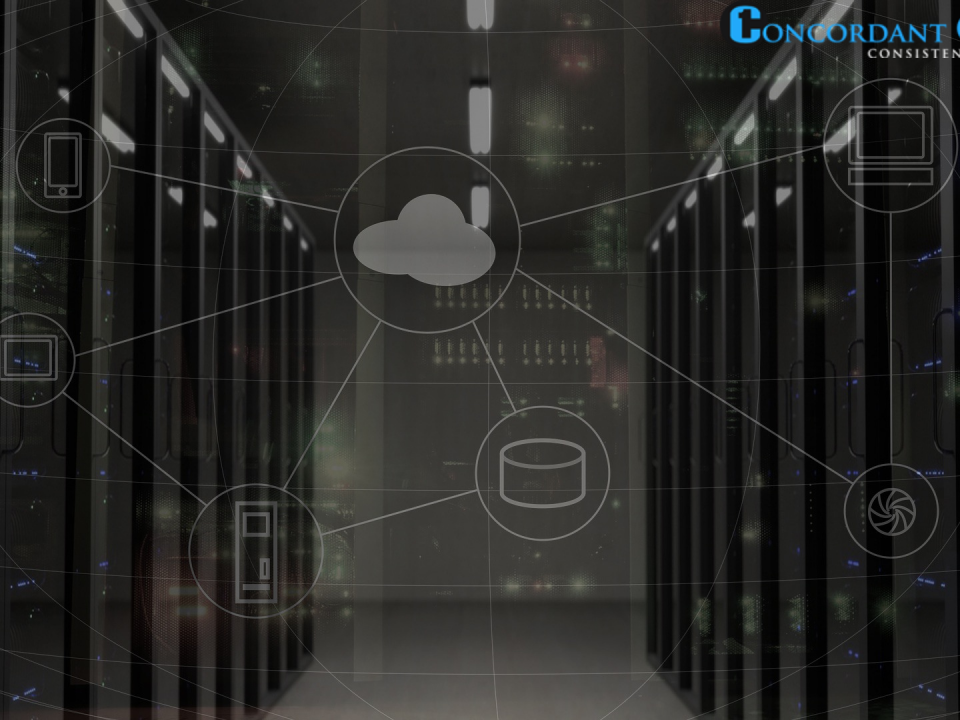How to Implement a Risk-Free Cloud Based IT Strategy
Why a Flexible Workforce is a Productive Workforce
September 9, 2016How SMB can monetize Internet of Things to the fullest
October 7, 2016
The cloud is almost irresistible. Modern business operations are rapidly moving towards technology dependent infrastructures where agility is at the core of the strategy. Early adoption of new enabling technologies can be an important manoeuvre to outflank your competitors and get ahead of the curve, but it’s not a race. You need to implement a cloud based IT strategy now – that’s a given – but with more haste and less speed. With businesses reporting significant savings after moving to the cloud, it’s no surprise cloud migration is on the rise.
Even with the associated risks, moving to the cloud lets you build and deploy applications that are scalable and have high availability, while shifting the responsibility of maintaining the infrastructure to a third party. This allows you to focus on the application itself.
As you consider your cloud migration options, the following are a few points to keep in mind to help reduce risk:
Rethink the relationship between IT and security
Traditionally, attempts at defending cyber security breaches means firewalls. ‘The more the better.’ However, this doesn’t protect your data, it merely builds a wall to stop malicious malware from infiltrating the cyberspace. What if that data itself was protected? It’s no lie that in public virtual spaces such as the cloud, your information and IT frailties will be in a more vulnerable position to security threats. Yet with the right deployment and adequate security awareness training, your company data is in a markedly better situation in an open and remote environment that it would be stored on a stagnant server.
Plan your cloud migration ahead of time
Lack of proper planning can result in higher costs and wasted time. Without a long-term strategy and a plan for the migration in place, chances are high that mistakes will occur.
Assess your requirements before the migration. Do you need cloud storage, or could you reorganize your data in-house? Can you reallocate existing hardware that’s about to become redundant, or have you accounted for its residual value when calculating cloud storage costs? Evaluate which data needs to be migrated during your planning phase as well. Then, reference and prioritize it so you can store it in an organized manner.
Will your application run seamlessly on the target cloud environment? Is the infrastructure, middleware and operating system image compatible? Does the cloud environment comply with security, privacy and regulatory requirements? Asking and answering these questions during the planning stage will allow you to choose the best cloud environment for your business needs.
Limit access and sharing abilities
81% of companies reported that a majority of their IT security attacks involved members of staff. One in 14 IT workers admit to bypassing data security policies when they felt it was okay to do so. But whether these breaches are inadvertent or deliberate, it’s a major concern that requires strategic data protection measures put in place. One way to do this involves implementing two-way authentication requirements between the cloud and the user to mitigate the risk of a breach.
Cisco state that the main hurdle for senior IT management is to empower their people to maintain a high working performance in the mobile and agile state. This means devising IT security strategies that enable, rather than constrain. In doing so, IT departments will see a shift in attitude towards security policies and treat them with more due diligence.
Make sure your application code is compatible
If you’re migrating existing code to the cloud, you have to make sure it is compatible with the cloud environment to which you are migrating. Cloud-hosted applications and systems have different underlying architectures that support them, so your application may need some tweaking to get it optimized for the cloud.
Visibility gives tighter IT security
As cyber-attacks are becoming more sophisticated in their digital invasions, and the number of platforms to target has grown exponentially in the digital era – social media, mobile, big data – IT managers must have a 360-degree view of not just their own department, but the entire business. Moving away from a siloed endeavor, IT should be at the epicenter of a business’ core operations. The cloud enables accessibility, from any location on any device. New thinking around the management of cyber-attacks focuses on simplicity, where the open cloud environment allows for easy and early detection of security threats.
The cloud provides the platform to pull off this balancing act, however the approach should be security first, agility second. The most effective way of preventing cyber-attacks is to operate on an agile basis with flexibility at the core, but the foundations for IT security need to be established.
Your application data is your responsibility
A best practice is to use encryption and authentication to ensure only authorized personnel can view the data. This will mean excluding the provider and employees who don’t have the necessary clearance level and providing updates as people leave the company so their access is removed. You can also protect against outages by using a mirrored server setup. To avoid data loss, IT provider Deconn BizToCloud recommends preparing a backup of your data and system before the migration process begins. This can be a lifesaver should you experience data loss during migration.
Pick the right provider
After carefully considering your needs, you must pick the right provider that will best align with your needs. Important considerations include downtime and data accessibility. If you’re looking to move your application to the cloud but still have 24/7 access to it, the ideal provider will offer minimal downtime. You will also want to look for a provider with multiple availability zones, which can significantly reduce the risk of downtime.
Additionally, select a company that will allow you to extract your application data and port it to another provider or move it back in-house, should it come to that. Being able to change service plans without financial repercussions is important, even if you’re happy with the provider you’ve chosen.
With proper planning and the right provider, cloud migration can be a seamless process that takes your business to the next level.



